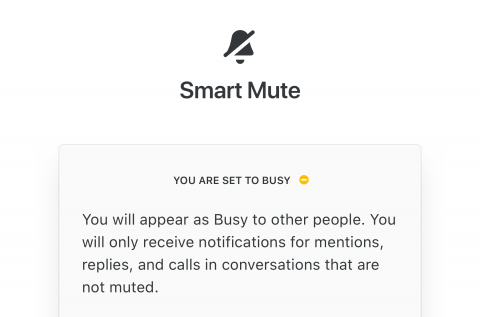Teams | Collaboration | Customer Service | Project Management
%term
Why Collaboration is the Key to Great Customer Service
Customer support teams are built on the basis of collaboration — we are the connectors between our customers and our team members and yet oftentimes support can feel segregated from the rest of the company. This feeling can have many causes: the usual perception of the team as a “cost center”, lack of understanding of the nature of the work that support does and, worst of all, the lack of connection and collaboration within the support team itself.
How to Sound Human in the Age of Chatbots
The digitally conscious customer of today needs immediate responses. A key factor in staying ahead of the competition is the ability to provide proactive customer support to your customers. Live chat support came to the rescue and enabled agents to respond to customers as swiftly as they could. But this was not good enough. It is almost impossible for live agents to be available all the time for the omnipresent customer.
3 Reasons Why Gamification Doesn't Work in B2B Customer Support
If you’ve ever worked in or been a part of the customer support industry, you’ve likely seen or directly experienced “contents” or “games” like the scenarios listed above. The more formal definition – gamification – is essentially a tactic used by the customer support industry to incentivize agents to reach specific (yet often arbitrary) goals put in place by leadership.
Geckoboard Demo - Business dashboards optimized for TV
EY and Wire launch the most secure collaboration platform for work
Wire, the world’s most secure workplace collaboration platform, announces that EY France, a key territory for the global leader in assurance, tax, transaction and advisory services, are using its platform to enhance the security of its communications both internally and with third parties.
What's Good: Internal Help Desks
What's Good: Chart Builder Explore
Four Undeniable Benefits of Helpdesk Customization
Helpdesks are one of the most integral tools for delivering a better support experience for your customers due to their ability to organize and streamline communication. But that’s not the only factor which makes them important. They also reflect the brand and values of your company. Today, users look for personalized customer experiences.
Control your mute setting through Status
In an important client meeting? Going on vacation? Or simply deeply concentrated on a project that needs finalizing? We all have reasons to turn to the trusty mute settings from time to time. But instead of scrolling through each conversation to see which one is “mute-worthy” why not just have a global mute setting when you need some peace and quiet. Why not set a status to let your colleagues know you are unavailable and at the same time set everything on full or partial mute.











